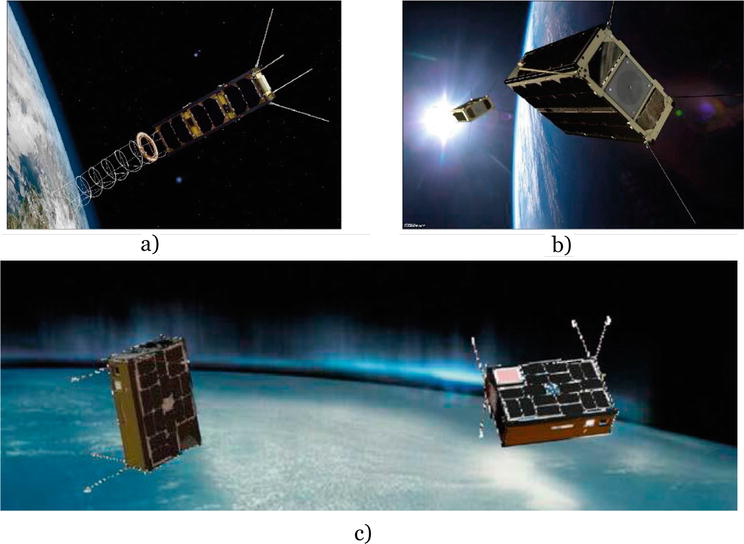Microsatellites, Cubesats and Nanosatellite Technology: Advancements, Applications and Market Trends

What Will You Learn?
- Understand the differences and similarities between microsatellites, cubesats, and nanosatellites
- Explore the core architectural components of smallsats
- Identify the key technologies enabling small satellite operations
- Learn the challenges and limitations of small satellite systems
- Examine modern miniaturized sensors, power systems, and communication modules
- Discover real-world applications in science, defense, remote sensing, and IoT
- Gain insight into FPGA and ASIC-based onboard computing
- Learn about the latest trends in multi-system integration and low-power electronics
Course Content
Introduction Introduction
This section introduces the growing importance of small satellite systems, emphasizing how microsatellites, cubesats, and nanosatellites are reshaping access to space with cost-effective, rapid-deployment missions for both civilian and military applications. What are Microsatellites, Cubesats, and Nanosatellites?
Students learn the classifications, definitions, and distinctions between microsatellites (10–100 kg), nanosatellites (1–10 kg), and cubesats (typically modular nanosatellites), including their historical development and significance in the space industry.
What are Microsatelltes, Cubesats and Nanosatellites?
00:00
Microsatellite Architecture This section explores the modular subsystems that make up a microsatellite, including structure, payload, power systems, attitude control, and thermal management, helping students understand how each component contributes to the mission.
Microsatellite Architecture
00:00
Challenges of Microsatelltes, Cubesats and Nanosatellites
Challenges
00:00
Microsatellite technologies
Microsatellite technologies
00:00Miniaturized sensors actuators
00:00High Resolution remote-sensing systems
00:00Navigation system.
00:00Microsat Power Systems and the IPS
00:00Centralized computer unit
00:00Communications Technology
00:00FPGA’s & ASICS
00:00Low power electronics
00:00Integrated electronics and Architecture
00:00Multi-system assembly techniques
00:00
Smallsat Applications This section showcases real-world applications of small satellites in communications, defense, scientific research, Internet of Things (IoT), space weather monitoring, and planetary exploration.
Microsatellite and nanosatellite applications
00:00